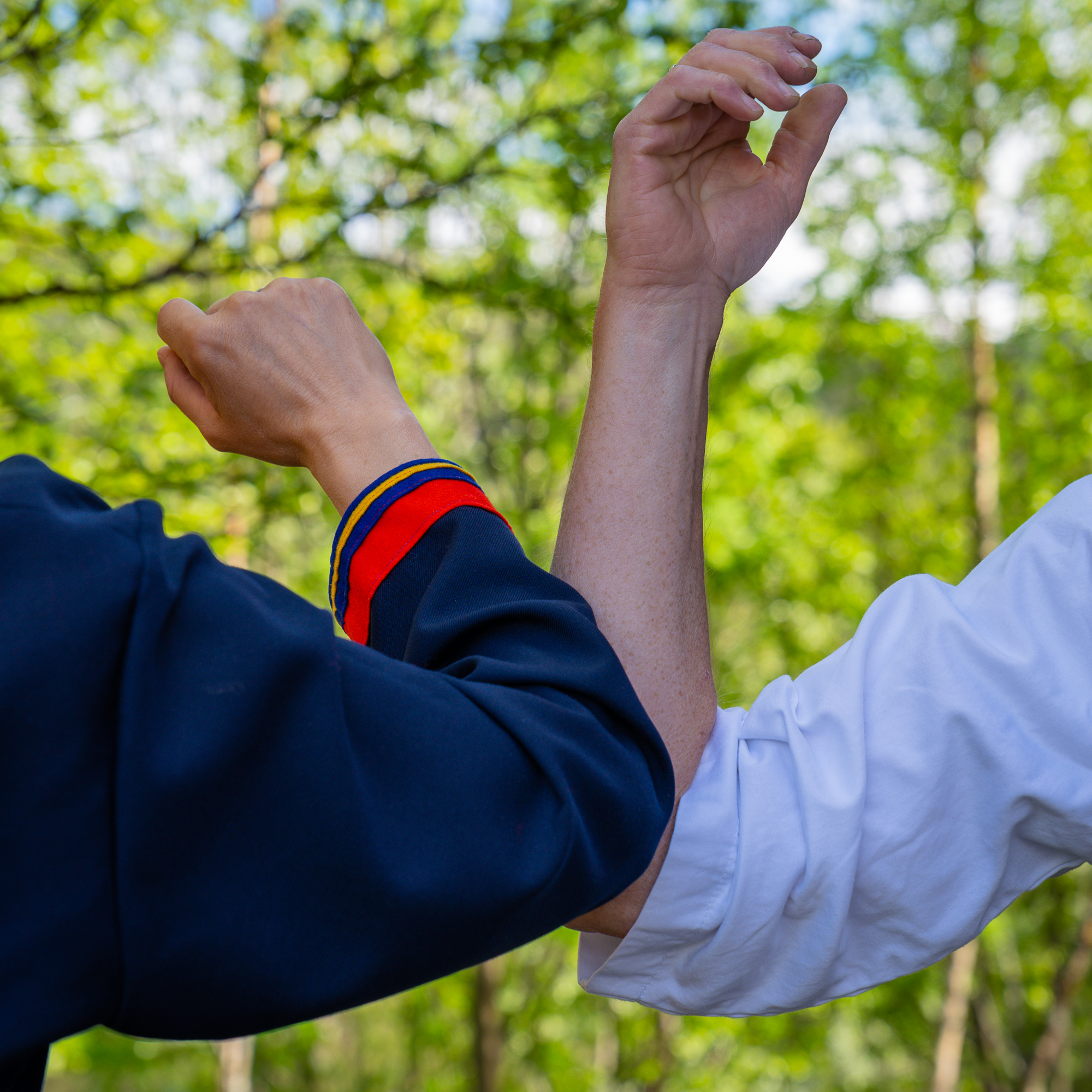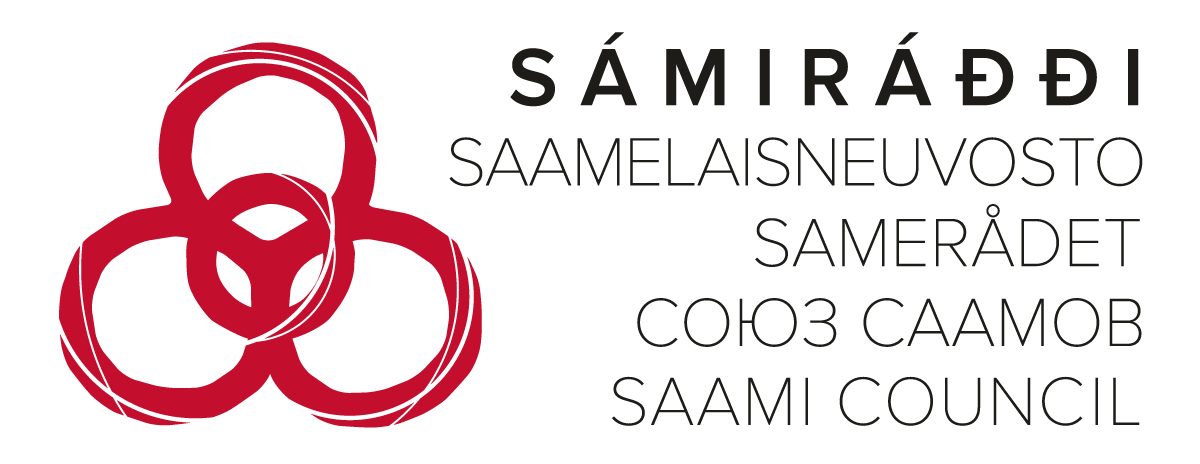About the project
This project aims to fill the information gap about how the Sami population in Norway has experienced and coped with the pandemic and infection control measures, and if Sami municipalities have implemented different policies or strategies regarding the pandemic. The study is performed by the Centre for Sami Health Research (CSHR).
This project will assess positive and negative societal outcomes associated with the public health measures taken in response to the COVID-19 pandemic in the Arctic communities. It will involve Sami user participation to identify local knowledge and explore COVID-19 experiences and coping strategies in the Sami population and in Sami society.
Background

According to the United Nations Permanent Forum on Indigenous Issues, the COVID-19 pandemic poses a grave health threat to Indigenous peoples around the world (United Nations, 2020). Indigenous communities already experience poor access to healthcare, significantly higher rates of communicable and non-communicable diseases, lack of access to essential services, sanitation, and other key preventive measures, such as clean water. Even when Indigenous peoples are able to access healthcare services, they can face stigma and discrimination. A key factor is to ensure these services and facilities are provided in indigenous languages, and as appropriate to the specific situation of Indigenous peoples.
The COVID-19 pandemic challenges the public services at all levels and has raised concerns of ethnic and geographic discrimination, health equity and the balance between public health imperatives and individual rights. There have been different policies and measures in the different national states where Arctic people live, and research is needed to fully understand the implications of COVID-19 in the Arctic.
The Sami COVID-19 Case Study
The Sami COVID-19 Case Study in Norway is a part of the Arctic Council’s circumpolar project Arctic community perspectives on COVID-19 and public health: A Multi-Site Case Study, which is initiated and led by the Sustainable Development Working Group (SDWG) of the Arctic Council. The Sami COVID-19 Case Study runs from February 2021 to May 2023, and will result in descriptive data, analyses, and recommendations that can be used in public health approaches in the future.
Phase 1: Descriptive data concerning public health measures
Phase 1 of the project was the collection of publicly available, descriptive data to identify the public health directives and measures that were or were not implemented, such as social distancing, self-isolation, travel restrictions, quarantines, mask wearing and testing, how these processes impacted community level behavior, as well as what Indigenous beliefs and practices transpired to adapt to the COVID-19 pandemic. Phase 1 in Scandinavia and Greenland was run by Dr. Christina V.L. Larsen (PhD, Centre for Public Health in Greenland, National Institute of Public Health, University of Southern Denmark & Greenland Centre for Health Research, University of Greenland).
The CSHR has validated the Phase 1 results from Norway. Data collection and validation was completed by May 31th 2021, and the findings have been published in the report A Review of COVID-19 Public Health Restrictions, Directives, and Measures in Arctic Countries.
Phase 2: The Sami COVID-19 Case Study in Norway
The Norwegian Sami part of the project will explore the consequences of COVID-19 and infection control measures on an individual and group level.
The participatory approach is core to this project. The CSHR has entered a partnership with Várdobáiki Sami Centre to ensure Sami user participation to identify local knowledge and COVID-19 experiences. Várdobáiki contributes with qualitative interviews with users of the Várdobáiki Sami Centre on how COVID-19 has had an impact on daily life and trust in the authorities.
The data collection in Phase 2 consists of:
- A review of Sami media coverage of the COVID-19 pandemic.
- Questionnaires and structured interviews with municipalities, Sami institutions, the Sami parliament, and the Regional Health Trust (Helse Nord).
- Qualitative interviews with users of the Várdobáiki Sami Centre.
Research questions are:
- What are Sami individual and community experiences of public health measures during the COVID-19 pandemic?
- What coping strategies did Sami individuals and communities engage in to adapt to the COVID-19 pandemic? (Resilience aspects)
- Has Indigenous knowledge and local knowledge been integrated with recommended/ mandated public health measures to address the COVID-19 pandemic?
- Did the Sami adapt to the COVID-19 pandemic in particular ways other than national restrictions?
- Did the measures have particular consequences (that differ from that of the majority population) for social life, interpersonal relationships, relatives (also across borders) and language and culture work?
- Did the Sami in Norway receive information about COVID-19 in Sami languages?
Phase 3: Report and Implementation Science focus
This last phase will elaborate the connection between the case studies from the eight member states to highlight practices in Arctic communities. The goal is to develop recommendations and document promising practices that can be examined by the Arctic Council and Permanent Participants of the Arctic Council for cohesive and coordinated public health responses and protocols related to future public health emergencies in the Arctic. Phase 3 will also form the basis for long-term follow-up studies on the impacts of the pandemic in Arctic communities. In Norway, the research team from the CSHR will write a report on The Sami Case Study and participate as co-authors in peer reviewed publications about this project.
Timetable
| Arctic community perspectives on COVID-19 and public health: A Multi-Site Case Study | ||
| Phase 1 | Phase 2 | Phase 3 |
| Descriptive data |
|
Report from the Sami Case Study Implementation Science focus |
| Spring 2021 | Autumn 2021 - November 2022 | December 2022 - May 2023 |
Further research as part of the SAMINOR 3 Survey
The SAMINOR 3 Survey is the next part of the SAMINOR Study, a study that aims to include several public health topics within an interdisciplinary approach. The SAMINOR 3 Survey will be conducted spring 2023-autumn 2025. In this study, the CSHR wants to further explore the consequences of COVID-19 and infection control measures on an individual and group level.
Supported by
The Arctic Council
Website: arctic-council.org
Sustainable Development Working Group (SDWG)
Website: sdwg.org
This project was initiated by the Arctic Council, through the Sustainable Development Working Group (SDWG).
The project leader of the Arctic community perspectives on COVID-19 and public health: A Multi-Site Case Study is Sarah Cox, Crown-Indigenous Relations and Northern Affairs, Canada. The research is led by a circumpolar team of Fulbright Arctic Research Alumni.

The Norwegian Ministry of Foreign Affairs
Website: regjeringen.no/en/dep/ud/id833
The Norwegian Ministry of Foreign Affairs support and provide funding of the Sami Covid-19 Case Study in Norway.

The Saami Council
WEBSITE: saamicouncil.net
The Saami Council is a voluntary Saami organization (a non–governmental organization), with Saami member organizations in Finland, Russia, Norway and Sweden. Since it was founded in 1956 the Saami Council has actively dealt with Saami policy tasks. The Saami Council support the Sami Covid-19 Case Study in Norway.
